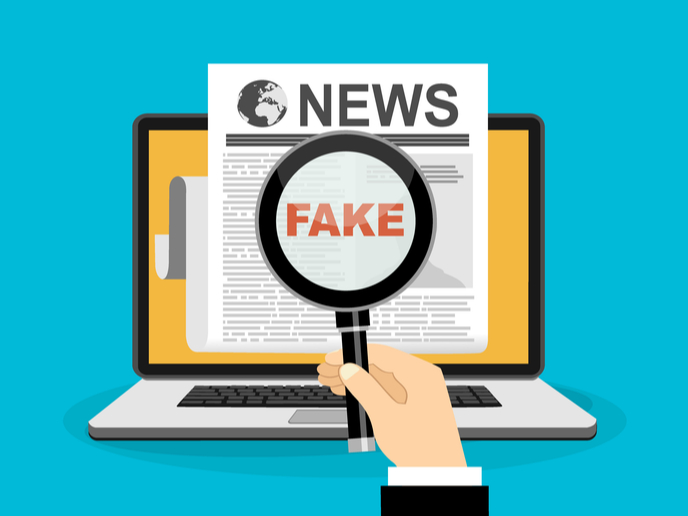The media’s long-term impact on public opinion
Public opinion rests largely on how citizens perceive societal challenges. As these perceptions are often shaped by what we read or see in the news, the media plays a fundamental role in both democracy and political accountability. “Today’s discussions concerning societal perceptions and misperceptions, polarisation and social media underscore a consistent interest in the relationship between media environments and world views among citizens,” says Adam Shehata(opens in new window), a senior lecturer in the University of Gothenburg’s Department of Journalism, Media and Communication(opens in new window). But is this relationship long-lasting or transient and short-lived? Helping to answer this question is the EU-funded VARME(opens in new window) project. “We know from extensive research that media coverage influences how citizens perceive the world around them, but we know less about the dynamics and varieties of these influences over time,” adds Shehata, who led the project.
New approaches for studying the media’s long-term impact
Using longitudinal studies – including long-term panel surveys, event-driven studies, focus groups and experiments – the project looked at how news coverage and use influences citizens’ perceptions over time. It also researched how such dynamics are conditioned by other factors. “VARME provides new theoretical and conceptual approaches to understanding the media’s long-term impact, as well as statistical methods for capturing this impact,” explains Shehata.
Empirical evidence on how the news can have a lasting effect
Based on these approaches, the project addressed how news coverage and media use can maintain and reinforce beliefs over a longer period. “When citizens read, hear or watch a particular news story, they construct a situation model for that specific story as well as a mental model of how that story fits into larger events,” remarks Shehata. However, the effect of single news stories typically dissipates rapidly, leading to people quickly forgetting what they read or hear. Whether the story has a lasting impact is conditional on three groups of factors: content factors at the news story level, recipient factors at the individual level, and contextual factors surrounding the news exposure situation. “How news stories are framed and presented matter, but also the conditions under which individuals consume and talk about news with people in their social networks,” notes Shehata. More information about these factors can be found in this article(opens in new window).
Laying the foundation for future research
While the project’s empirical findings are important, its legacy will be its theoretical and methodological approaches for analysing the media’s long-term impact on public opinion. “By establishing theories and methods that go beyond short-term influences, we’ve laid the foundation for studying the more complex effects media has on society that future researchers can build from,” concludes Shehata. Shehata himself is already using these methods to further study media and communication’s role in how public opinion is formed. The VARME project received support from the European Research Council(opens in new window).







